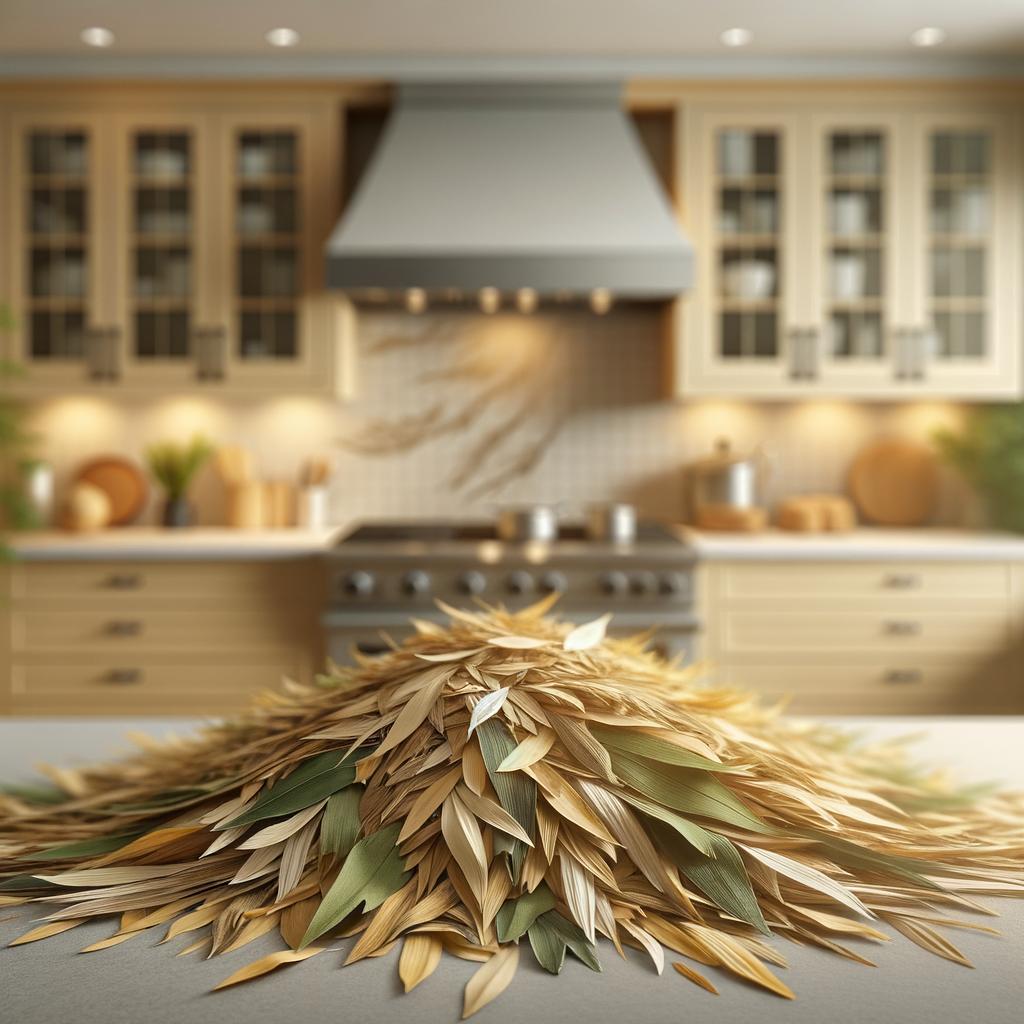Dried Bamboo Leaves

Description
Dried bamboo leaves, a treasure from Mother Nature's pantry, are a sight to behold. These elongated, tapering leaves are a rich green when fresh, but as they dry, they acquire a muted, earthy hue that whispers stories of the soil they sprung from. Their texture is smooth yet firm, flexible enough to be folded without breaking. When it comes to flavor, dried bamboo leaves are subtle and understated, imparting a delicate, grassy aroma and a hint of sweetness to the dishes they grace. What sets them apart is their dual role as a cooking ingredient and a natural, biodegradable food wrapper, a testament to their versatility and sustainability.
Primary Uses
In the culinary world, dried bamboo leaves are stars in their own right. They are commonly used in Asian cuisine, especially Chinese, where they serve as wrappers for the iconic zongzi, sticky rice dumplings traditionally eaten during the Dragon Boat Festival. They're also integral to the making of lo mai gai, a delicious steamed dish of glutinous rice stuffed with chicken, mushrooms, and sausage. Beyond the kitchen, bamboo leaves have been used in traditional medicine for their antibacterial properties and cultural rituals for their symbolic significance of protection and prosperity.
History
The use of dried bamboo leaves dates back centuries, deeply intertwined with the history and culture of Asia. They've been a part of stories of emperors and common folk alike, their most romantic tale tied to the Dragon Boat Festival. Legend has it that when the beloved poet Qu Yuan drowned, locals threw packets of rice wrapped in bamboo leaves into the river to prevent fish from devouring his body. This act of love and respect gave birth to the tradition of making zongzi. Over time, the use of bamboo leaves has evolved, but their cultural significance and culinary importance remain steadfast.
Nutritional Information
While dried bamboo leaves themselves are not typically consumed, they contribute to the nutritional value of the foods they're cooked with by infusing them with silica, an essential mineral for bone health. They also contain phenolic compounds, which are known for their antioxidant properties. Compared to other natural wrappers like banana leaves, bamboo leaves have a higher fiber content, further enhancing the nutritional profile of the dishes they're used in. However, it's important to source them from reliable places to ensure they're free from any harmful pesticides or treatments, preserving their inherent goodness.

